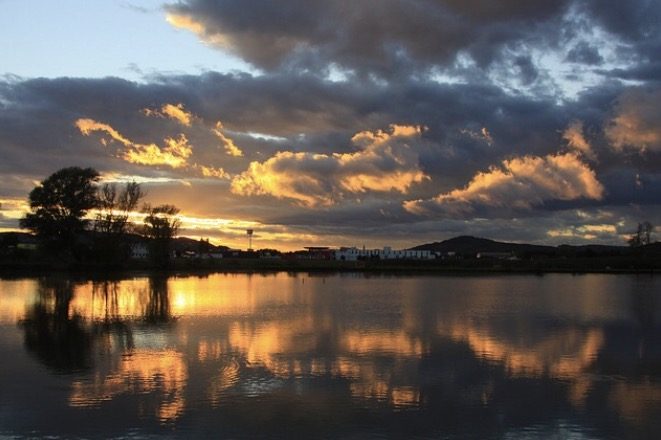What Is The Lacassine National Wildlife Refuge
Located at the edge of Grand Lake, about 15 miles from the Gulf of Mexico, this 32,0000-acre refuge includes the huge freshwater impoundment, Lacassine Pool. It is bordered by the lacassine bayou, Intracoastal canal, and Bell City drain ditch. Motors are restricted to 40 horsepower or less in Lacassine Pool; marshes outside the pool may be entered only by paddling and poling. //ws-na.amazon-adsystem.com/widgets/q?ServiceVersion=20070822&OneJS=1&Operation=GetAdHtml&MarketPlace=US&source=ac&ref=tf_til&ad_type=product_link&tracking_id=fontenot1-20&marketplace=amazon®ion=US&placement=B013F71CHE&asins=B013F71CHE&linkId=50f502be3d1f282c0840bf18e2251409&show_border=false&link_opens_in_new_window=false&price_color=333333&title_color=0066c0&bg_color=ffffff
Watch for wading and water birds such as ibis, roseate spoonbills, ducks and egrets, along with alligators, nutria and raccoons. Endangered species reported here include bald eagles, peregrine falcons and Louisiana black bears.
The refuge offers fishing, hunting, boating, wildlife observation and hiking.
If traveling west on Interstate 10, take exit 64 (Jennings) and travel south on Highway 26 to Lake Arthur, west on Highway 14 for 7 miles to Highway 3056, then south 4.5 miles. If eastbound on Interstate 10, take exit 54 (Welsh) and travel south on Highway 99 to Highway 14, east on Highway 14 for 3 miles to Highway 3056, then south 4.5 miles to the end of Highway 3056. Lacassine Pool lies at the end of Illinois Plant Road, 4.5 mile south of Highway 14. 3 miles east of Hayes. 
Fishing the Lacassine National Wildlife Refuge
If you live in Southwest Louisiana, you don’t have to drive hours from home to put your lure in front of lunkers.
Instead, head south of Lake Arthur to a 16,164-acre grassy patch known as the Laccassine Pool nestled within Lacassine National Wildlife Refuge, where a number of bass weighing between 8 and 12 pounds were taken the 1990s.
The reigning record came March 15, 2013, when Luke Bouillion set the hook on a fish that weighed 13 pound, 12 ounces at a local grocery store.
OK, so these fish aren’t the normal marsh bass found in many other brackish water locations along the coast. That’s because the pool is a leveed freshwater impoundment.
And it’s closed to fishing from Oct. 16 through March 14 each year —and that means March 15 provides an opportunity for anglers to fish for bass that have forgotten what an artificial lure even looks like.
There is no night fishing in the refuge. In fact you cannot be in the refuge at night at all. You can only fish during daylight hours.
Catching a trophy bass is very likely. The refuge has been stocked with Florida bass which grow very fast and very large. It is not uncommon to come out with one 6 lbs. or better. There is plenty of cover for these huge fish to hide, so finding a place to fish is pretty much anywhere you cast your line.
If you are interested in fishing for other types of fish then you are in luck. You can catch numerous types of fish here. I have had lots of luck catching bream, and sac a lait (crappie).
//ws-na.amazon-adsystem.com/widgets/q?ServiceVersion=20070822&OneJS=1&Operation=GetAdHtml&MarketPlace=US&source=ac&ref=tf_til&ad_type=product_link&tracking_id=fontenot1-20&marketplace=amazon®ion=US&placement=B01DBPF1X6&asins=B01DBPF1X6&linkId=c97b19b4faedd272d7857ab19b9ba4dc&show_border=false&link_opens_in_new_window=false&price_color=333333&title_color=0066c0&bg_color=ffffff
On a good day fishing can be very productive in the Lacassine National Wildlife Refuge. You can fill an ice chest full of fish and have lots of fun as well.


